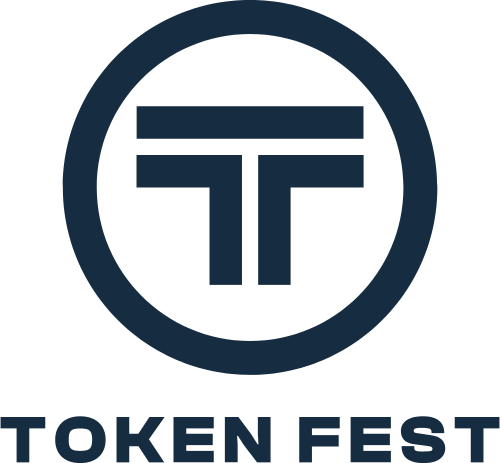Key Takeaways:
- Smart Contract Pioneer: Ethereum introduced programmable contracts, revolutionizing blockchain applications.
- Diverse Use Cases: From DeFi to NFTs, Ethereum powers a vast ecosystem of decentralized applications.
- Scalability Enhancements: Upgrades like the Pectra update and Layer 2 solutions aim to improve transaction speed and reduce fees. crypto.news
- Institutional Interest: Growing adoption by enterprises and financial institutions underscores Ethereum’s mainstream appeal.
- Future Outlook: Analysts predict significant growth, with Ethereum potentially reaching new all-time highs by 2025.
Understanding Ethereum: Beyond Cryptocurrency
Ethereum, launched in 2015 by Vitalik Buterin and others, is more than just a cryptocurrency. It’s a decentralized platform enabling developers to build and deploy smart contracts and decentralized applications (dApps). These self-executing contracts with the terms directly written into code have opened avenues for innovation across various sectors. Investopedia
Unlike Bitcoin, which primarily serves as a digital currency, Ethereum’s blockchain is a versatile platform supporting a wide range of applications, from finance to gaming. Its native cryptocurrency, Ether (ETH), is used to facilitate transactions and computational services on the network.
Ethereum’s Core Use Cases
1. Decentralized Finance (DeFi): Ethereum hosts numerous DeFi platforms like Uniswap and Aave, allowing users to lend, borrow, and trade assets without intermediaries.
2. Non-Fungible Tokens (NFTs): Artists and creators use Ethereum to mint NFTs, representing ownership of unique digital items.
3. Decentralized Autonomous Organizations (DAOs): Ethereum enables the creation of DAOs, organizations governed by smart contracts and community consensus.
4. Supply Chain Management: Enterprises leverage Ethereum for transparent and tamper-proof tracking of goods and services.
5. Gaming and Virtual Worlds: Games like Decentraland and Axie Infinity utilize Ethereum to offer players true ownership of in-game assets.
Scalability and Upgrades: Paving the Way Forward
Ethereum’s transition to Proof-of-Stake (PoS) with the Ethereum 2.0 upgrade marked a significant milestone, reducing energy consumption and increasing network security. The upcoming Pectra upgrade in 2025 aims to further enhance scalability and user experience. Additionally, Layer 2 solutions like Optimism and Arbitrum are instrumental in processing transactions more efficiently, reducing congestion on the main chain. crypto.news
Institutional Adoption and Market Outlook
Ethereum’s robust infrastructure and versatility have attracted institutional investors and enterprises. Financial giants are exploring Ethereum for tokenizing assets, streamlining operations, and enhancing transparency. Analysts project that Ethereum’s price could reach between $5,000 and $10,000 by the end of 2025, driven by technological advancements and increased adoption.
Navigating Challenges and Embracing Opportunities
While Ethereum faces competition from emerging blockchains offering faster and cheaper transactions, its established developer community and continuous innovation provide a strong foundation. Ongoing efforts to improve scalability and reduce fees are crucial for maintaining its leading position in the blockchain ecosystem.
Conclusion: Ethereum’s Promising Horizon
Ethereum stands at the forefront of blockchain innovation, offering a platform for decentralized applications that have the potential to transform industries. As it continues to evolve, embracing upgrades and expanding its use cases, Ethereum is poised to play a pivotal role in shaping the future of decentralized technologies.
Note: This article reflects market conditions and forecasts as of April 12, 2025. Crypto markets are inherently volatile. Readers are encouraged to do their own research before making investment decisions.

Alma Sarah is a freelance writer and marketing consultant. Alma specializes in content marketing, SEM, SEO and social media strategy. When she’s not writing, Alma enjoys hanging out with friends, cooking, and spending time with her family.




